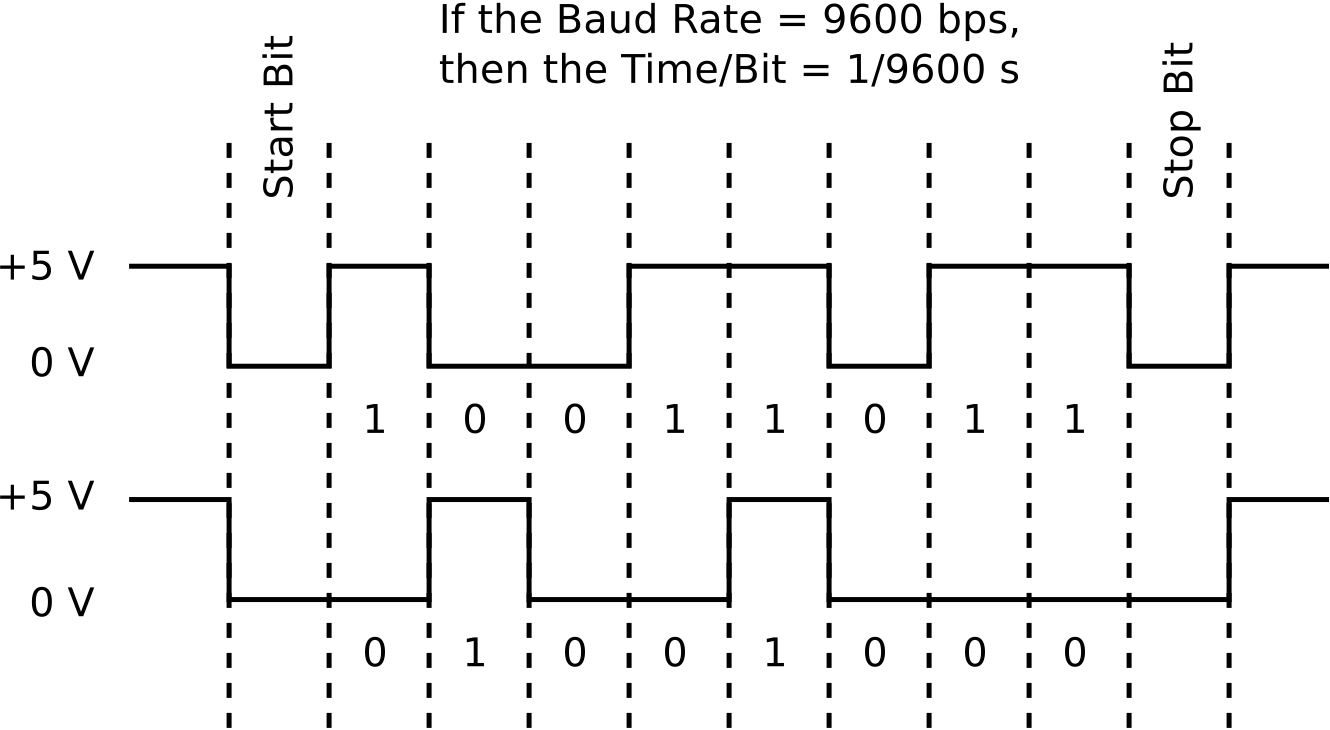Serial Protocols
- Posted in:Admin
- 25/02/18
- 39
I connect a computer and an external device by a serial connection (RS 232). Then I send some data from the device to computer. Pyramid Principle Minto Pdf Viewer on this page.
Hyper terminal is accessing that data and show them. In this process what layers of the OSI model are used? This is my understanding. RS-232 covers only Layer 1( Physical Layer). Hyper terminal runs in application layer.

For this process only those two layers are used. When I search stackoverflow I found something like “The serial protocol defines either the first layer or the first two layers of OSI model (depending on whether you consider the 7 or 8 bit serial packet a frame or not)”. See the full. What is meant by this? When I search stackoverflow I found something like “The serial protocol defines either the first layer or the first two layers of OSI model (depending on whether you consider the 7 or 8 bit serial packet a frame or not)” That quote swaps the terms for 'packet' and 'frame'. Poison Clan Poisonous Mentality Raritan there.

Converting proprietary serial ASCII protocols to Modbus, BACnet, or SNMP is accomplished with completely programmable gateways from Control Solutions. Synchronous Serial Communication. The two most common synchronous serial protocols, SPI and I2C, use different methods for directing the peripheral devices.
(I adhere to the definition of 'frame' as used in UART documentation. This would also be consistent with the OSI hierarchy of packet->frame->bits.) The frame in asynchronus serial communications consists of only one character (of 5 to 9 bits). One char is not much of a message.
Whereas in synchronous links, the frame contains several bytes to compose a higher-level message unit. So EliAlgranti in that answer seems to be pondering if this asynchronous frame qualifies as the OSI data-link layer, and if this is part of the 'serial protocol'. But note that this UART framing does not seem to be part of the RS-232 standard (even though you can find some 'RS-232 descriptions' on the web that do include the frame description as well as sites that omit framing.) The actual TIA/EIA document costs US$156 from the. The abstract for the standard makes no mention of framing. The best confirmation that framing is not part of the RS-232 standard I found is in the 2nd to the last paragraph of: Note that neither the ASCII alphabet nor the asynchronous serial protocol that defines the start bit, number of data bits, parity bit, and stop bit, is part of the EIA232 specification. So the RS-232 standard is likely only the Physical layer. For this process only those two layers are used.
No, you've only identified the top and bottom layers. The other layers in between those two do exist (at least conceptually), but you have not identified if they have actually been implemented and how. Obviously there's framing per the Data Link layer.
Got the idea. So as an example, I am connecting a computer to an external device and communicate serially. At the computer vb 6 program is used to read data. MSComm control is used for serial communications at the program.
Configuration of MSComm is, Bits per second 9600 Data bits: 8 Partity: odd Stop bits: 1 Flow control: None This is my understanding. Citilink. Serial communication represents physical layer Configuration of MSComm (partiy,bits per second, stop bits etc.) represents data link layer And the VB 6 program i develop represents Application Layer. Is that right? – Apr 25 at 4:05. Almost everybody would conflate the RS-232 spec and the async framing as 'serial communications'.
RS-232 is the Physical layer. The Data Link layer for serial communications is typically handled in hardware, i.e.